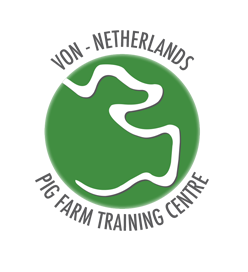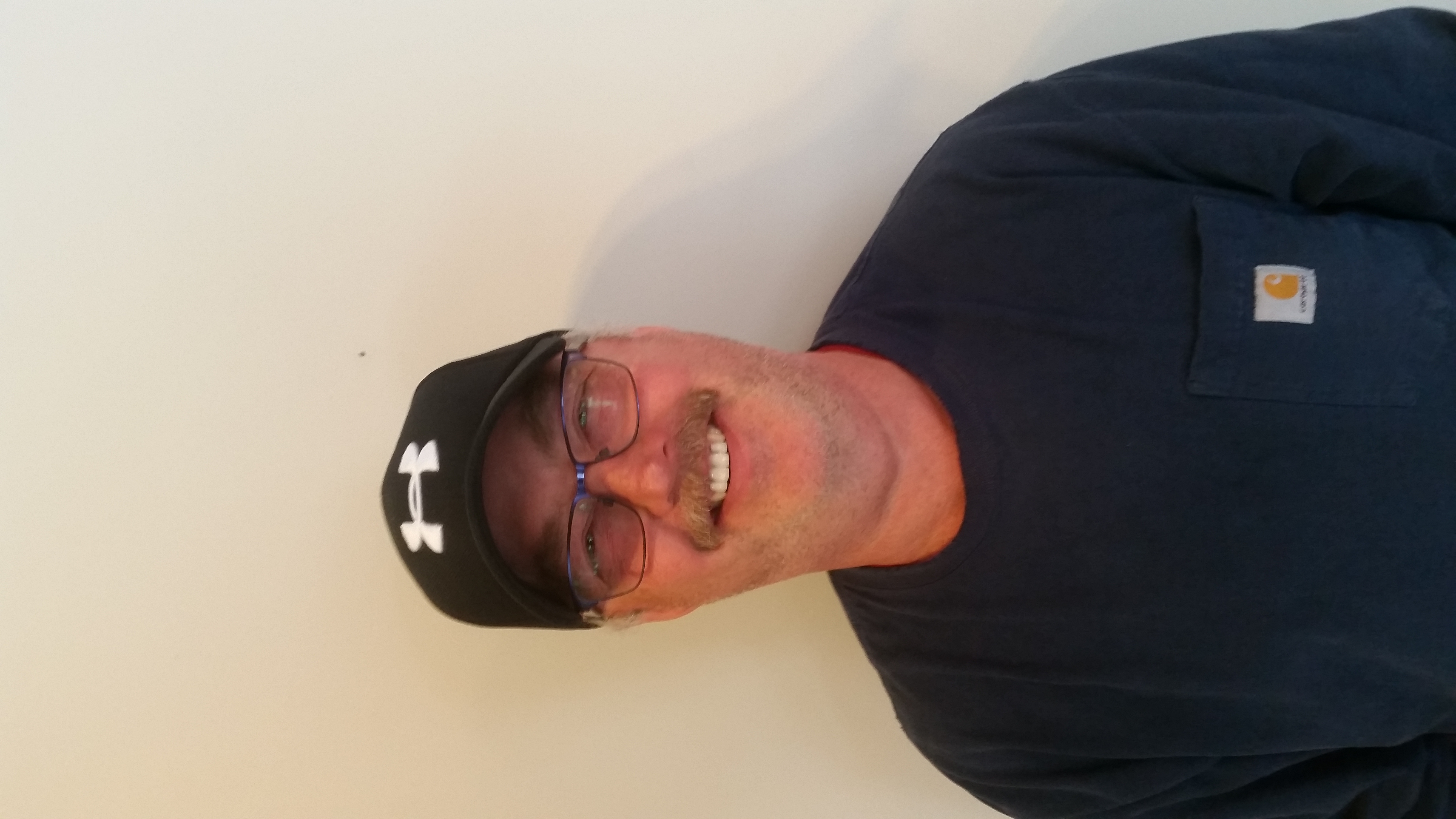



Triumph from tragedy: rebuilding the Von Farm
Recovering from the tragic loss of their farm in a fire, the owners of the Von Farm made a conscious decision to explore new opportunities and positive changes in the rebuilding of their business.The work of raising and caring for pigs around the world is carried out in about as many ways as you can count. From small groups of sows and piglets rummaging for acorns on hillsides and pastures to hundreds and even thousands of pigs raised together in virtually spotless pens and barns, using technology that is barely imaginable to those on the outside looking in.
Those who raise these pigs from tiny piglet to the consumer’s plate have much more uniform goals than the varied paths used to reach those goals. Dedicated producers promote the care and welfare of the animals to provide a high-quality product, all by using the capabilities available to them in their tiny portion of the world.

The Von Farm
Rebuilding and strategising
The family company that is the Von Farm in the Netherlands was settled in 1970 by Frans Welvaarts and in 1989 was continued by current owners Kees van der Meijden and Wilma Welvaarts. In 2013, a large fire destroyed over 50 percent of the farm. After recovering from this tragic loss, the owners made a conscious decision to incorporate positive change in their rebuilding plans and explore new opportunities and ways of doing things.
Ruud van Loon, a spokesman for the farm said, “The fire gave us the opportunity to build a new innovative operation. We now have windows in our farm so civilians can see what is going on inside. Our farm is also a “show farm” for our partners Topigs Norsvin and MS Schippers.”
Through the years, Kees and Wilma have expanded the company into a 1000-sow herd producing high-quality piglets. In 2016, a new fire-proof farrowing department opened with a goal to incorporate a high health status and the ability to educate people about the pig industry. The new design includes mating and farrowing rooms plus group housing. Their partner MS Schippers supplies much of the equipment used including boots, scales, insemination systems and other materials.
All the sows are TN70 sows supplied by their partner Topigs Norsvin. The specific breeding of these animals is a combination of the Norsvin Landrace and the Z-line and all replacement females are selected from their own piglets. “We produce our own gilts, so we don’t have to buy animals from another farm,” said Ruud. “By doing this, we protect our animals and farm from diseases.”

© Von Farm
Sows are bred with artificial insemination and natural boar service and the piglets not kept as replacement gilts are sold at weaning when their weight reaches 7 kilograms.
Each of the workers at the Von Farm Netherlands has previous agricultural school training in animal husbandry, and they work together in teams of three or four with a trainer who provides continuous support and advice.
Sustainable development
The Von Farm is very proud of their modernisation and state of the art technology. A prime example is how the reduction of ammonia production is directly tackled at the source. “We have a manure tray system to reduce the ammonia,” said Ruud. “This means that we collect the manure in a tray and cool it to 15 degrees.” He pointed out that the heat from the manure warms the cooling plate which in turn heats the water flowing through it. The resulting hot water is used for heating the farm terrace, office, education and conference rooms. “After this process, the urine and manure will not produce ammonia. So, for the animals and the workers, the farm conditions are better.”
To monitor the sows, each individual animal is measured as it enters and leaves the farrowing room. In this way a strict feed schedule is created for every sow. Temperature, water flow, climate and water quality are tested 24 hours a day, seven days a week.
With the recent fire influencing their new design, the resulting farrowing room consists of five compartments separated by concrete walls. All materials inside the barn including the farm electrical, wiring and water systems are designed to be resistant to fires.
Air quality is continuously tested and monitored. The farm is equipped with an innovative ventilation system which uses a “fresh nose” feature. In the case of an electrical failure, the fans will automatically open and natural ventilation will supply fresh air for the pigs.
Health and welfare
Health and hygiene play an important role on the farm with many rules and procedures enforced. “Most importantly, everyone must take a shower and be 48 hours free of contact with other pigs before they enter the farm,” said Ruud. They employ a system of coloured coveralls to designate different areas of the barns. Green coveralls are limited to the mating and gestation areas and blue to the farrowing section. “This way we never bring diseases from the sows to the piglets,” said Ruud.
He explains that the piglets are sold through the Good Farming Concept of Vion Food Group which dictates animal care rules they must follow. “Castration is not allowed. During the treatment of the piglets we cut the tails, give an earmark, Baycox for coccidiosis prevention and iron. We don’t clip the teeth.” Veterinarians and barn employees work to keep the pigs as healthy and comfortable as possible. “Related to antibiotic use, we try to use as little as possible, only when it is necessary for pain, leg problems or infections. We take the best care of our animals and this will yield top results.”
Transparency and traceability
Ruud says it is important to the Von Farm to be transparent and open to the public. “The Dutch people don’t know what goes on in a pig farm. Our farm has two viewing rooms for people to come and see.” These rooms are meant to display the pigs and the workers caring for them to the visiting public. There is a terrace where tourists can enjoy a drink, have a meal or snack and relax with the pigs behind the glass in the background.
Beyond the normal day-to-day activities, the farm offers training courses, farm visits and excursions. The company’s website declares, “Nothing is a secret in this farm, we want to show people how the pig industry is working. We want to explain how we work, why we do it the way we do and how we use new techniques and management systems.”
While the occupation of raising pigs for food is done in countless ways around the world, virtually all producers are united by common goals and philosophies- to care for their animals, be environmentally responsible and productive. The Von Farm of the Netherlands represents this philosophy well and goes the extra distance by making their barns and what goes on in them accessible to the world at large. “We want to promote the pig industry, bring knowledge and show enthusiasm and passion for the pig industry,” proclaims the website. From the outside looking in, it seems they are accomplishing this goal.









